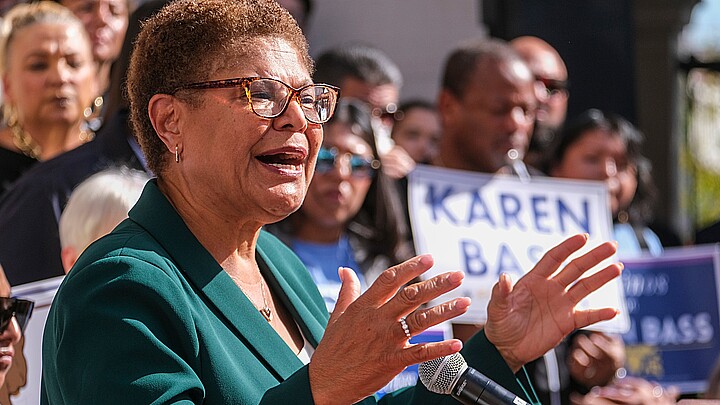Politics
How the cost of living in California compares to the nation
In California, the cost of living is 42.2% higher than it is on average nationwide. Of the five consumer categories: groceries, housing, utilities, transportation, and health care - housing ranks as the most expensive in California, costing about 101.9% more than average.
February 19, 2022 8:35am
Updated: February 19, 2022 2:12pm
Inflation is on the rise at a historic pace in the United States. The consumer price index surged 7.5% on an annual basis in January 2022, the highest increase in about 40 years. While wages have also climbed, they have not increased enough to offset rising prices for the typical American worker.
Inflation is being driven in large part by supply chain disruptions, which are limiting production capacity and the availability of certain goods and ultimately leading to higher prices. Pent-up consumer demand in the wake of COVID-19 shutdowns across the globe is exacerbating the problem. Recently, consumers have been feeling the pinch, particularly through higher food, housing, and energy prices.
While consumers across the country are paying more for goods and services now than they were a year ago, exactly how much they are paying depends largely on where they live, as some states have a far higher cost of living than others.
In California, the cost of living is 42.2% higher than it is on average nationwide, according to the Composite Cost of Living Index published by the Missouri Economic Research and Information Center. Overall, the cost of living in California ranks as the third highest among states. It is important to note that this index reflects the annual average cost of living in 2021 and does not account for recent price increases due to inflation.
Of the five specific consumer categories factored into the index - groceries, housing, utilities, transportation, and health care - housing ranks as the most expensive in California relative to national prices, costing about 101.9% more than average. Meanwhile, health care is the least expensive consumer category relative to national averages, with prices about 10.7% higher than they are nationwide.










